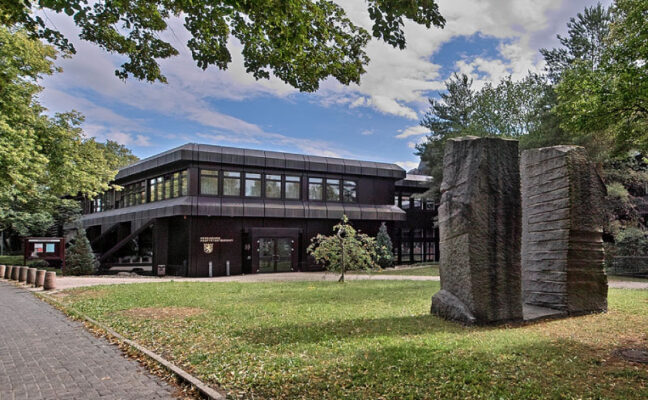The destruction of culturally and historically significant documents through armed conflicts or natural disasters means irreparable damage to cultural memory. Valuable archive and written material are therefore particularly in need of protection. The amount of archival material and their random locations, however, generally does not allow a significant amount of outsourcing in the event of catastrophes or hazardous situations, as the protected spaces required for this are hardly available. For this reason, the Federal Republic of Germany began in 1961, in accordance with the Hague Convention for the Protection of Cultural Property, to microfilm its valuable archives for security purposes and to store them at central shelter so that they can replace the original documents in the event of irretrievable loss. The microfilming is carried out on behalf of the Federation under the leadership of the Federal Office of Civil Protection and Disaster Assistance (BBK). The archive material is security-filmed on microfilm in accordance with selection criteria defined by the Federal Government and in compliance with specified technical standards.
As part of the conversion of the microfilming devices to digital technology, which was agreed between the Federal Office for Civil Protection and Disaster Assistance (BBK) and the Conference of Heads of the Federal and State Archives Administrations (KLA), tenders for high-performance archive scanners have recently been issued to carry out this major task. We are pleased that several of the central state archives have already decided to purchase our new archive scanner book2net Archive Pro to support this project.
related topics
Archive Pro at the Hessian State Archives
Federal security document safeguarding project relies on the versatility of the new book2net archive [...]
READ MOREDigitization guidelines
The quality of a digitization process is subject to a wide variety of factors. [...]
READ MORE
